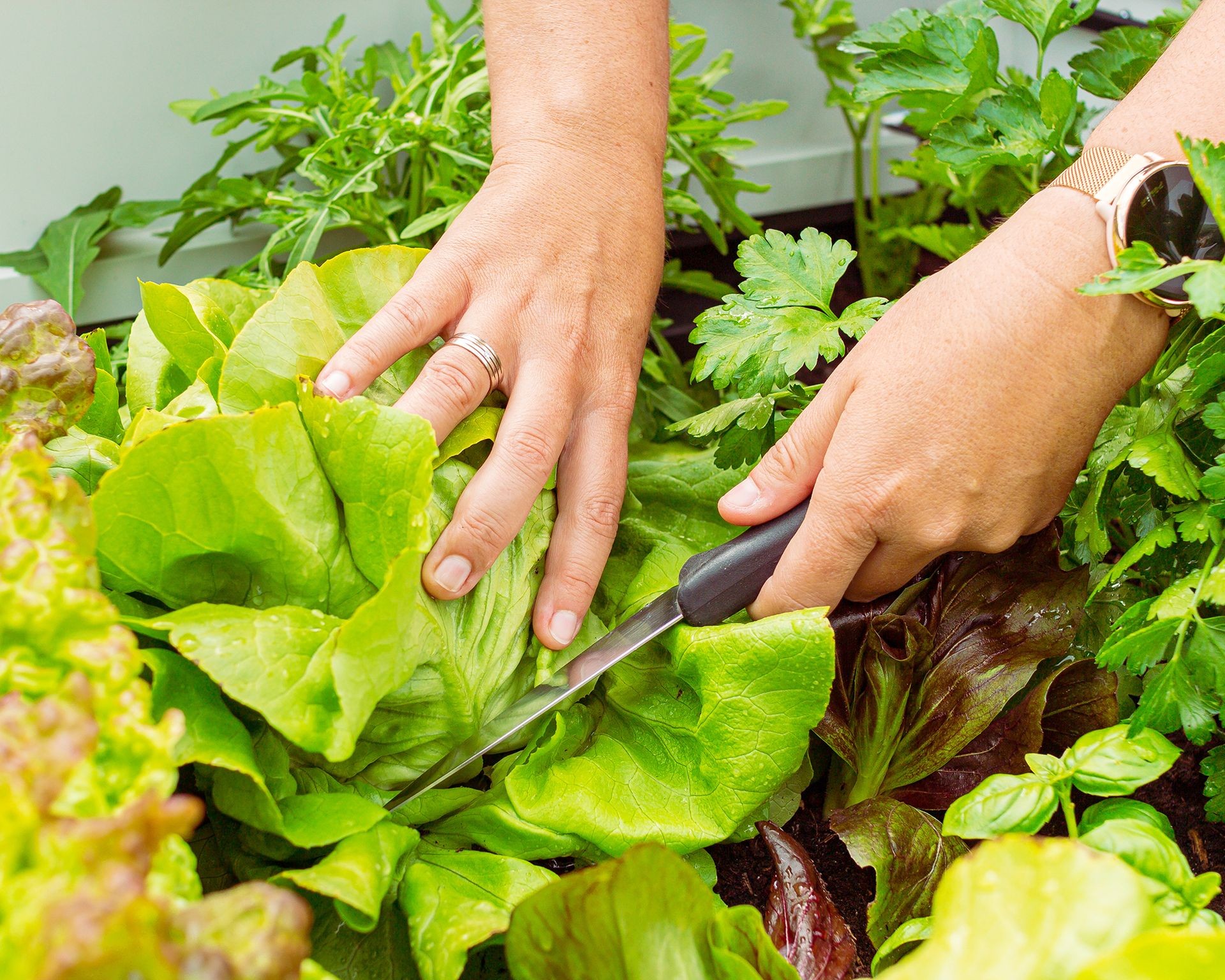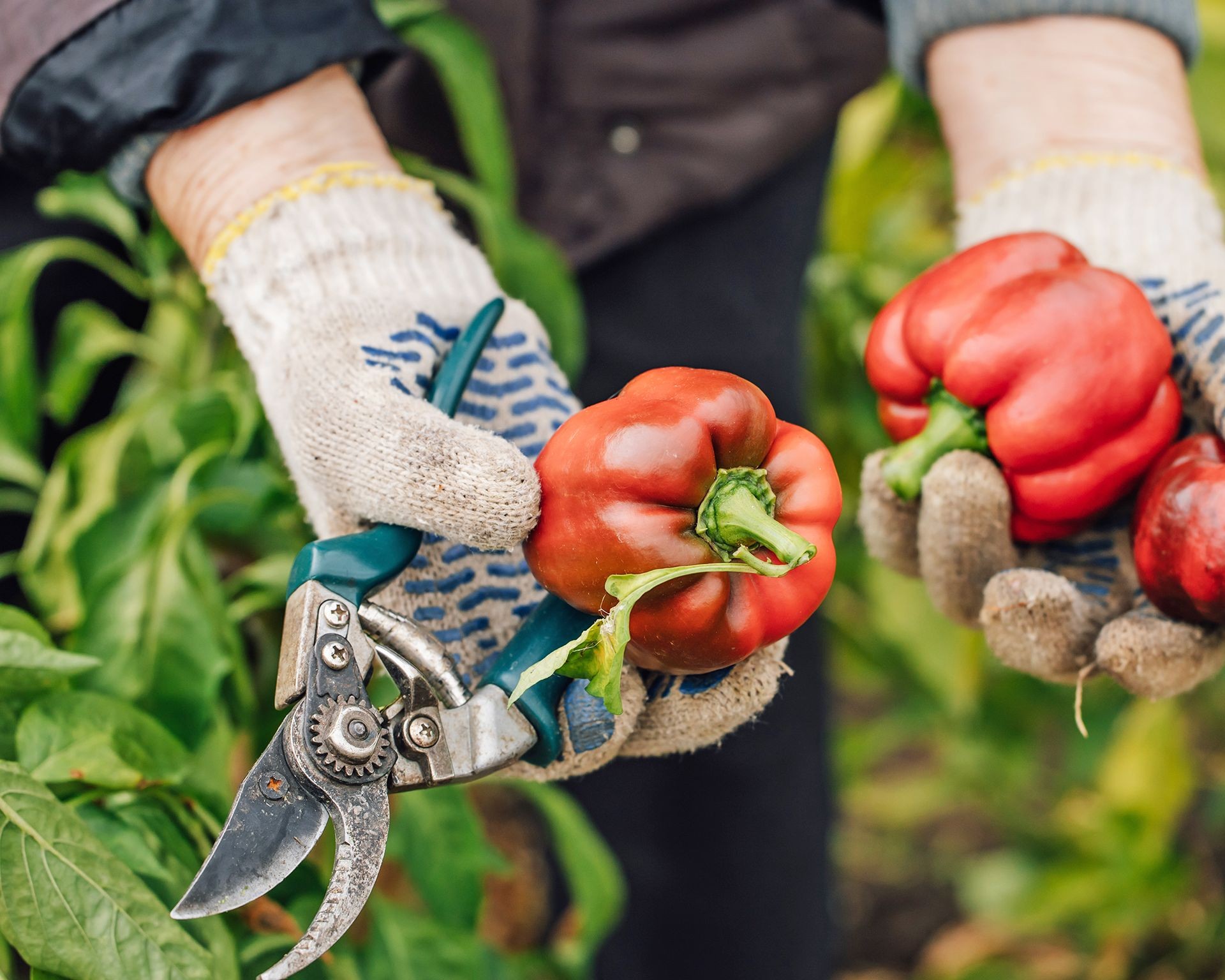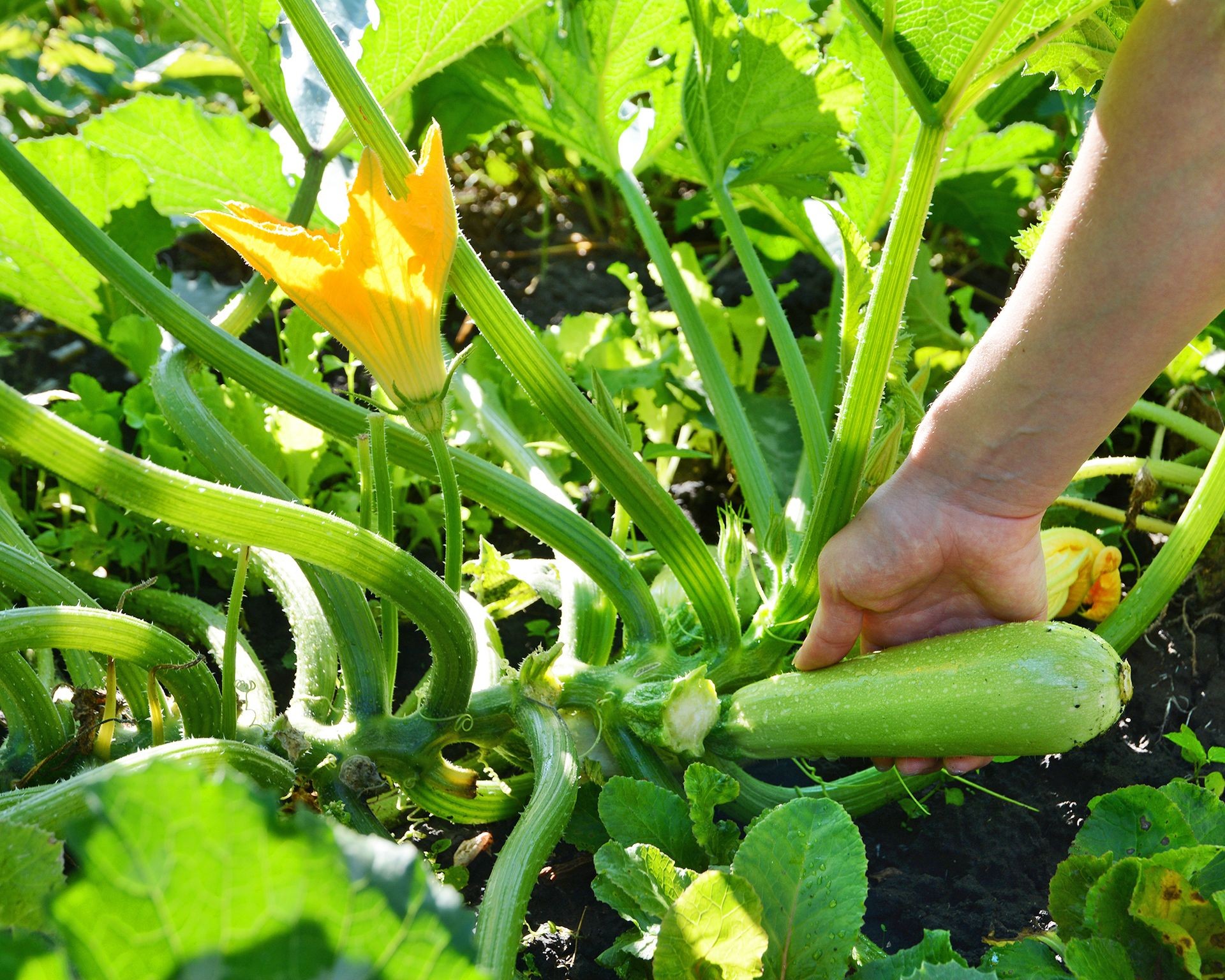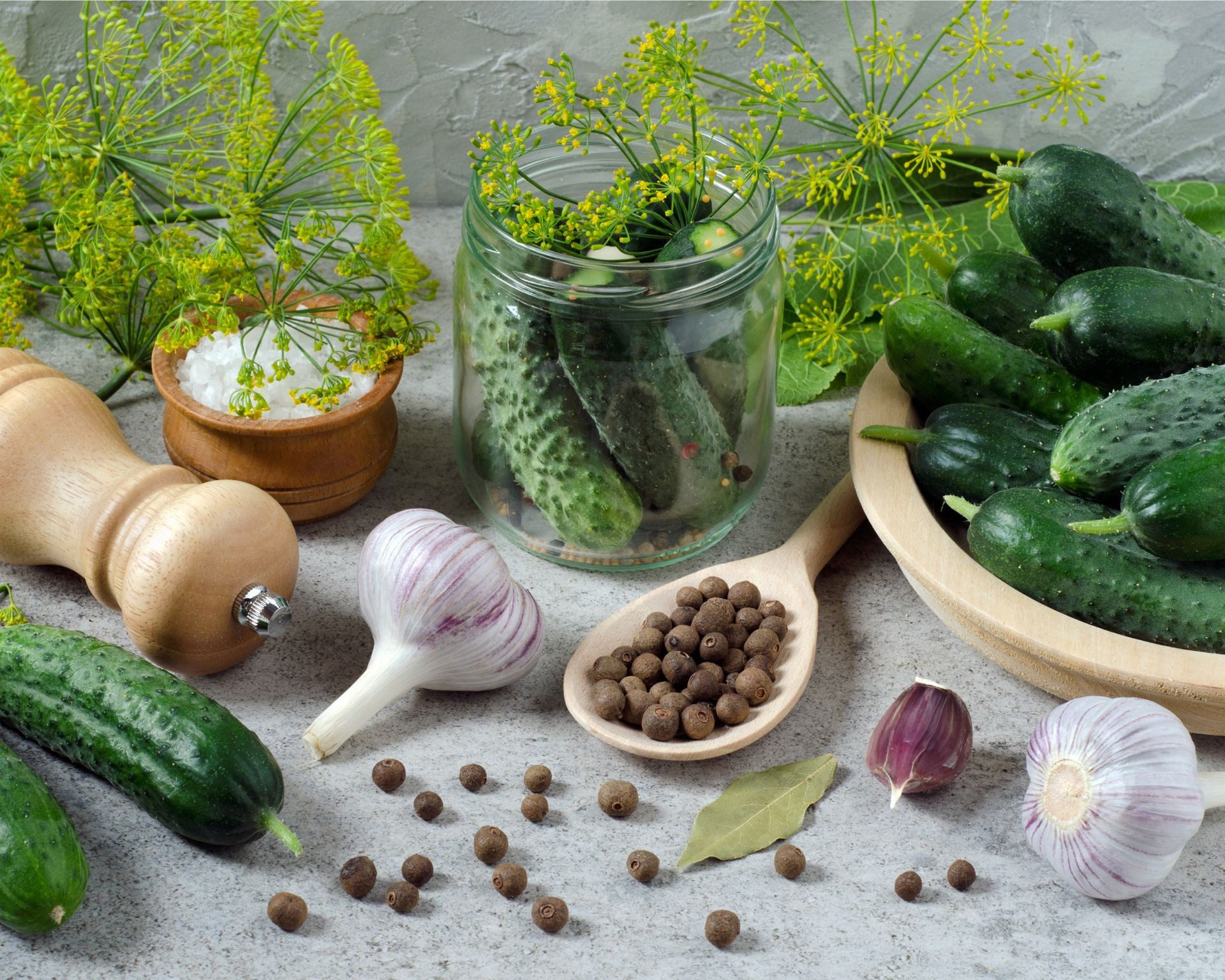No products in the cart.
NEWS
Mastering Your Vegetable Harvest: Expert Tips on When and How to Pick for Peak Flavor
You’ve poured time, energy, and passion into nurturing your vegetable garden, from preparing the soil to planting and caring for your growing crops. Yet, without knowing precisely how and when to harvest vegetables, you might miss the opportunity to enjoy your bounty at its very best. For both novice and experienced gardeners, the timing and technique of picking can sometimes feel like a puzzle.
Harvesting is far more nuanced than simply pulling produce from the plant. Knowing how and when to pick your crops at their optimal point is absolutely critical for achieving the most flavorful and nutritious results. Harvesting too early can mean bland or underdeveloped produce, while waiting too long can lead to tough, oversized, or even inedible vegetables. Achieving that perfect moment makes all the difference between a mediocre harvest and truly delicious, home-grown goodness.
So, what are the secrets to knowing exactly when it’s time to harvest your vegetables and mastering the right picking methods for different plant types? Let’s explore the expert guidance from Biogarden.Asia to help you get the most from your garden’s yield.
Harvesting Fundamentals
Determining the perfect moment for harvest isn’t a one-size-fits-all rule; it truly depends on the specific crop you’re growing. Some vegetables can be picked early and allowed to finish ripening off the plant, but this is a characteristic specific to only certain varieties. Others absolutely must reach full maturity on the plant before harvesting for the best quality.
That said, several fundamental harvesting practices apply across almost all vegetable types, ensuring you gather your produce under the best conditions. The ideal time to pick is generally in the morning, right after the dew has dried but before the heat of the day builds up. As commercial farmers understand well, harvesting in the cool morning air helps vegetables retain their crispness, moisture, and freshness for longer compared to picking them when they’re stressed by midday heat, which can cause wilting.
If your schedule doesn’t allow for early morning harvesting, the late evening, once the heat has subsided, is the next best alternative.
Be mindful and gentle throughout the harvesting process. Damaging the produce can create entry points for diseases, potentially leading to rot and spoilage. When necessary, use clean, sharp tools like a knife or pruning shears for a clean cut that minimizes stress on the plant and the vegetable. For leafy greens like lettuce or spinach, harvest the outer leaves first, working towards the center. This method encourages the plant to continue producing, allowing for multiple harvests from a single plant. Harvesting long-producing plants such as beans or cucumbers frequently also encourages the plant to keep flowering and setting new fruit, extending your harvest season significantly. If the fruit is allowed to fully mature and go to seed on the plant, it signals the plant to stop producing new growth.
 Gardener gently harvesting fresh lettuce and parsley leaves in a kitchen garden bed
Gardener gently harvesting fresh lettuce and parsley leaves in a kitchen garden bed
Knowing When to Pick Vegetables
The specific harvest time varies considerably from one crop to another. While the maturity date listed on the seed packet provides a useful estimate, relying solely on it isn’t sufficient. The true indicators of readiness involve observing the size, color, flavor, and aroma of the vegetable itself.
Consider tomatoes, for example. When to pick tomatoes depends heavily on the variety. A general rule of thumb is to look for deeply colored fruit that is firm yet yields slightly to gentle pressure. Tomatoes are relatively forgiving, as they can often be picked before being fully ripe. Contrary to popular belief, allowing some tomato varieties to finish ripening off the vine, perhaps on your counter, can sometimes yield superior flavor compared to letting them become fully soft on the plant. Drawing from our years of experience at Biogarden.Asia, experimenting with different ripening stages for your specific tomato varieties can reveal your personal preference for peak flavor.
Many other crops are less flexible than tomatoes. A common mistake is waiting until vegetables grow to enormous sizes, often assuming this means they are at their peak maturity. However, this frequently means the crop is well past its prime, resulting in reduced quality.
For instance, the optimal time to harvest peas or pick green beans for the sweetest, most tender flavor is when the pods appear swollen but haven’t started bulging dramatically with fully formed peas or beans. If you’re uncertain, shell and taste a few. They should be sweet and tender, not starchy, tough, or bitter.
 Hand using pruning shears to carefully harvest ripe red bell peppers from the plant
Hand using pruning shears to carefully harvest ripe red bell peppers from the plant
Picking peppers at the right stage can significantly impact their flavor profile. Bell peppers, for example, change color from green to red (or yellow, orange, etc.) as they mature on the plant, becoming progressively sweeter. Knowing when to pick hot peppers is also crucial for controlling their spiciness. If you desire maximum heat, leave hot peppers on the plant until they reach their mature color; the longer they remain, the spicier they tend to become.
Some vegetables maintain or improve their quality for a short time after picking, while others begin to degrade immediately. While some crops are undeniably best ripened on the plant, others, including corn, cucumbers, beans, okra, peas, and summer squash, often have the best texture and flavor when harvested before they reach full, hard maturity.
Corn, in particular, has a very specific peak window. Once it’s ready, it begins converting its sugars to starch relatively quickly, often within 72 hours. The best time to harvest corn is when the silks have turned brown and dry, and the kernels are plump and filled with a milky white liquid. You can test this by puncturing a kernel with your fingernail. If the liquid is clear, it’s too early; wait until it’s milky white for that perfect sweetness.
How to Harvest Vegetables Correctly
When you’re actively harvesting your vegetable crops, pay close attention to signs of ripeness using all your senses. This might involve tapping melons to judge their density and ripeness, visually checking peas for that ideal plumpness, or tasting a small sample, such as a cherry tomato, to assess flavor.
Crucially, always take care not to damage the plant or the vegetable during harvest. If a fruit or vegetable doesn’t detach easily from the stem with a gentle pull or twist, it may not be ready, or it might require the use of a tool for a clean separation. For crops like zucchini or various types of squash, use clean, sharp shears or a knife to cut the stem neatly, rather than trying to break or twist it off forcefully.
 Hand feeling a young zucchini on the plant to check for optimal size and firmness before harvesting
Hand feeling a young zucchini on the plant to check for optimal size and firmness before harvesting
When harvesting root crops such as potatoes, onions, or garlic, use a pitchfork or spade to carefully loosen the soil around the plant and gently unearth the crop. Be extremely careful not to pierce or bruise the vegetables in the process. Any cuts, scrapes, or bruises can significantly reduce their storage life by making them vulnerable to rot and pathogens.
Once harvested, don’t leave your vegetables sitting out in the sun or heat. Bring them inside quickly to a cooler environment before preparing them for consumption or storage. Some crops, particularly root vegetables and bulbs like onions and garlic, benefit from a “curing” process after harvesting. This involves letting them dry in a warm, well-ventilated spot for a period, which helps to harden their skins or outer layers, improving their storage longevity through the fall and winter months.
Finally, always prioritize harvesting only high-quality, healthy-looking produce. Damaged or sickly-looking vegetables may already be diseased and could pose a risk, not to mention having inferior taste and texture.
Effective Vegetable Storage Techniques
One significant advantage home gardeners have over commercial operations is the ability to harvest vegetables at their absolute peak ripeness and then promptly store them correctly. Commercially grown vegetables are often picked before they are fully mature to withstand the rigors of shipping and handling, sacrificing some degree of quality.
To properly store your garden bounty and maintain its freshness and nutritional value, it’s essential to pay close attention to three key environmental factors: temperature, moisture (relative humidity), and ventilation. Different vegetables have different needs. For instance, sweet corn rapidly converts its sugars to starch after picking unless it is cooled immediately.
The required level of moisture or humidity for storage varies widely. Leafy greens like lettuce and spinach thrive in high relative humidity, ideally around 95%, to prevent wilting. In contrast, onions and garlic require a much drier storage environment, around 65-70% relative humidity, to prevent spoilage and sprouting.
Adequate ventilation is also critical for vegetable storage. Good air circulation helps to remove ethylene gas (a ripening agent produced by many fruits and vegetables) and excess moisture, reducing the likelihood of mold and spoilage.
Long-Term Storage Options
For preserving your harvest well beyond the immediate season, there are generally three main types of long-term storage environments, each suited to different crops:
- Cool and Dry: Best for temperatures between 50-60°F (10-16°C) and a relative humidity of around 60%.
- Cold and Dry: Requires temperatures between 32-40°F (0-4°C) and a relative humidity of about 65%.
- Cold and Moist: Needs temperatures between 32-40°F (0-4°C) and a high relative humidity of around 95%.
Locations like basements, root cellars, or unheated garages that stay within the correct temperature range are excellent storage areas for crops such as potatoes, onions, garlic, and winter squash. Your refrigerator is the ideal spot for crops needing cold storage, particularly leafy greens, ripe tomatoes, cucumbers, and peppers.
Keep in mind that the potential storage life of your harvested produce can decrease significantly – by as much as 25% for every 10°F (-12°C) increase in storage temperature above its ideal.
 Various fresh vegetables like cucumbers, peppers, and herbs arranged on a counter for pickling preparation
Various fresh vegetables like cucumbers, peppers, and herbs arranged on a counter for pickling preparation
Beyond simply storing fresh, you can also preserve your garden’s bounty to enjoy throughout the year. Methods like pickling, canning, and freezing are fantastic ways to save excess vegetables, allowing you to savor the taste of your home-grown harvest long after the growing season has ended.
Frequently Asked Questions
What vegetables are typically harvested in the fall?
Many delicious vegetables are ready for harvest as autumn arrives. These include main season crops that mature later like winter squash, potatoes, carrots, beets, kale, turnips, rutabagas, and Brussels sprouts. Additionally, a second planting of certain quicker-maturing crops earlier in the summer can provide a fresh harvest in the fall, such as cauliflower, cabbage, various leafy greens, broccoli, bush beans, cucumbers, and radishes.
What vegetables can be continuously harvested?
Several productive “cut and come again” vegetables allow you to harvest repeatedly from the same plant throughout the growing season. These include various leafy greens (like lettuce, spinach, and kale), bush beans, cucumbers, indeterminate tomato varieties (which continue to grow and produce), okra, peppers, melons, and summer squash (like zucchini). Regularly picking from these plants encourages them to produce more flowers and fruit, maximizing your overall yield.
Conclusion
Mastering the art of when and how to harvest your vegetables is the final, crucial step in turning your gardening efforts into truly rewarding meals. By paying attention to the subtle cues of ripeness, using proper techniques and tools, and implementing appropriate storage methods, you can ensure that the delicious, nutritious food you’ve grown reaches your table at its absolute peak quality.
Putting these tips into practice will not only maximize your yield but also the flavor and shelf-life of your home-grown produce. We at Biogarden.Asia are committed to supporting your gardening journey with knowledge and quality products. Embrace these harvesting principles, and you’ll unlock the full potential of your garden’s bounty. Share your harvesting successes and favorite techniques with us!



